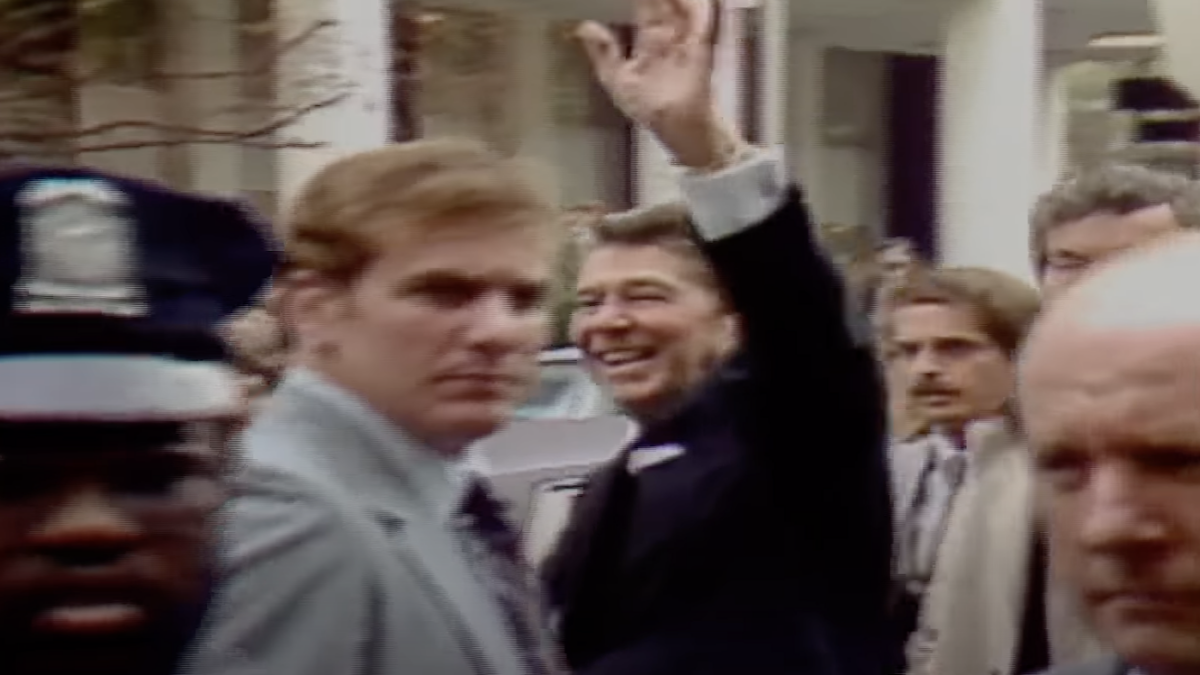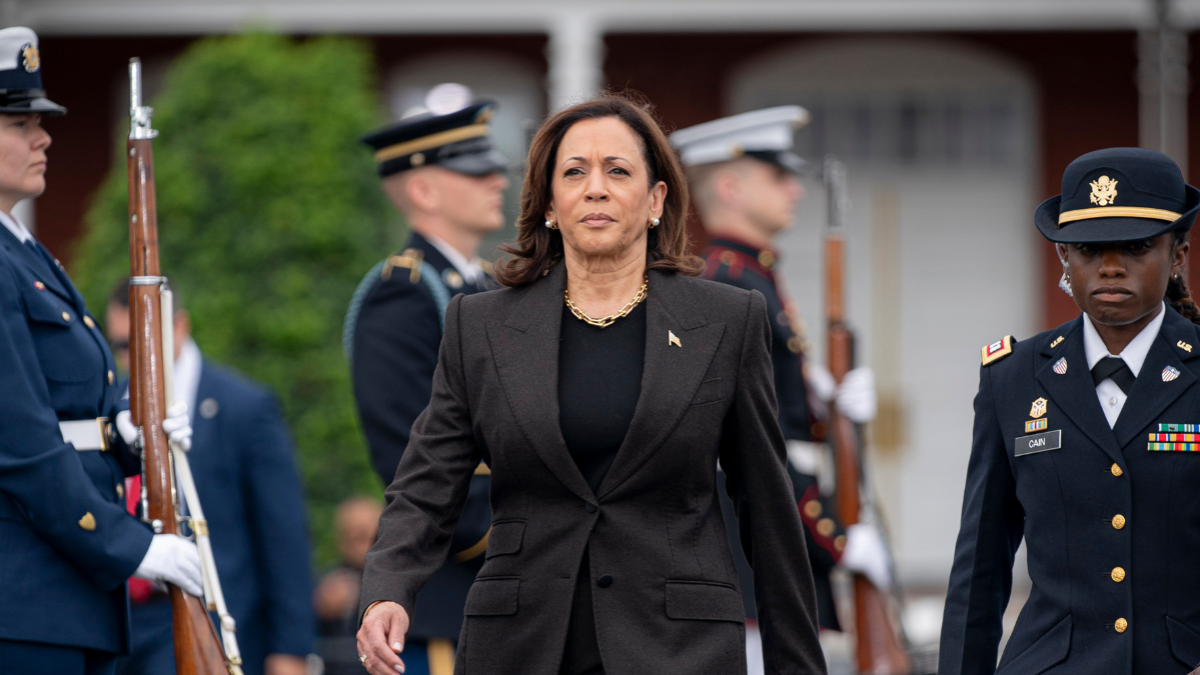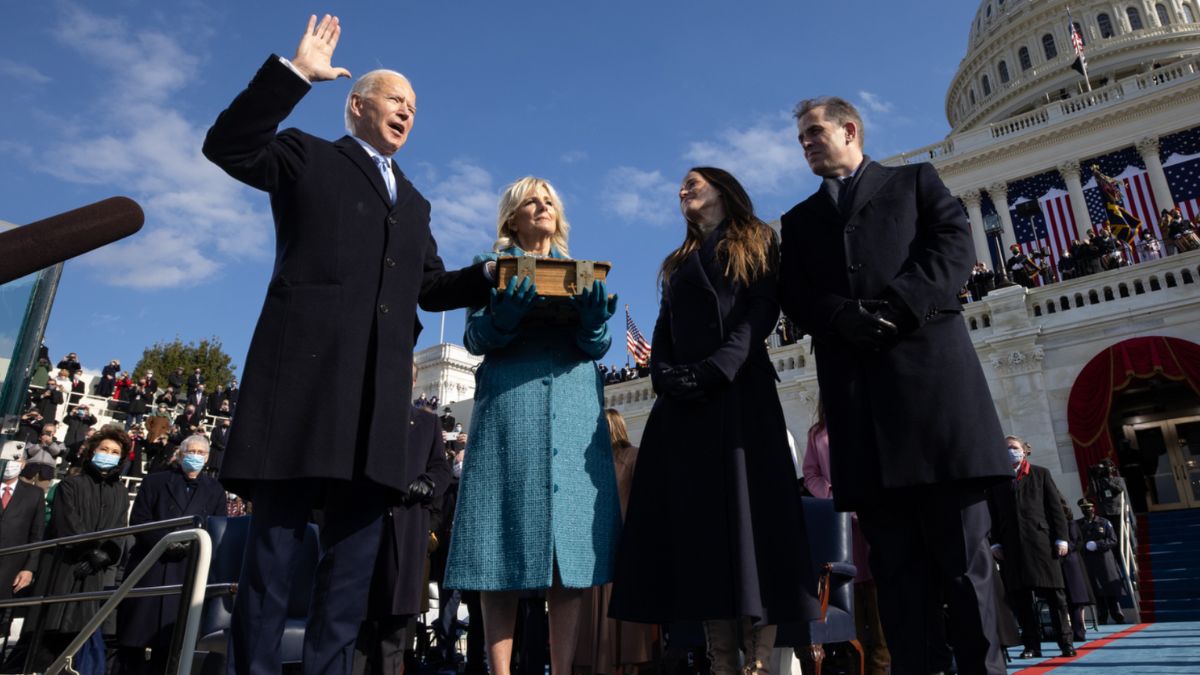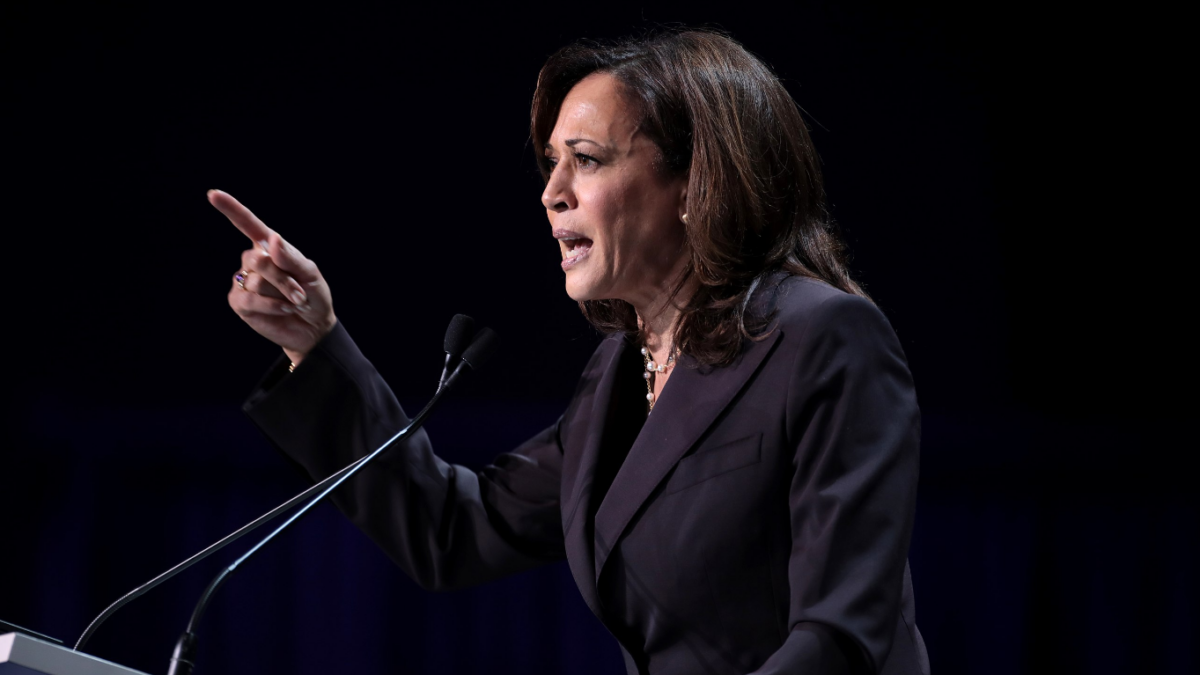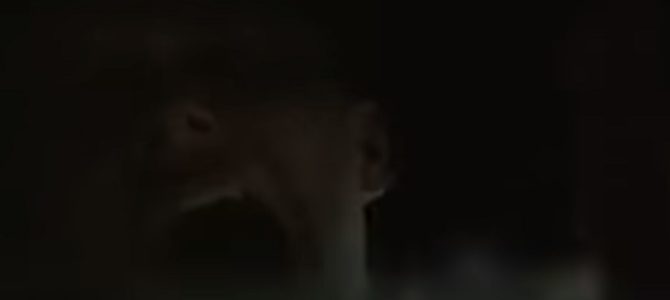
Chappaquiddick — a name that should live in infamy … as “Watergate” does. But as bumper stickers said during the Nixon scandal, nobody died at watergate. And nobody’s died at Mar-a-Largo either. You’d never know that the Kennedys’ very own Chappaquiddick saga is the mother of all American scandals — and that, of course, is the real story.
The movie gives a more or less accurate picture of part of that story. Some say that Jason Clarke’s portrayal of Edward M. Kennedy is perfect, including his voice. Different ears, perhaps those brought up near Boston, may think differently. Clarke makes Kennedy seem a bit listless — not the way most people remember him, but then Chappaquiddick took place only thirteen months after Kennedy’s brother Robert was killed, and Kennedy probably was a bit listless.
In an early scene after the opening credits, Kennedy is talking to 28-year-old blond Mary Jo Kopechne on the beach (not by accident, probably, the director does not have them sitting close to each other) raising an obvious question: how did Kennedy get to the beach? Two methods leap immediately to mind: 1) He drove (the movie has him being driven down Dike Road and over the bridge — he’s in the back seat reading the paper, presumably in English) and then walked to the beach; or 2) He rappelled down a seriously long rope from Apollo 11, then on its way to the moon.
The people of Massachusetts selected number 2 as the obviously correct answer because Kennedy said, later that week, that he was unfamiliar with that part of the Chappaquiddick Island, i.e., the road to Dike Bridge, the bridge itself, and the beach, and they believed him sufficiently to return him to the United States Senate.
Later the same evening, Kennedy and Kopechne go to the party at a rented house to be with others from Robert Kennedy’s staff: nothing wrong with that. The group was described in some press accounts as six men and six women, imparting an almost certainly undeserved whiff of scandal — people expect one downwind from the Kennedys. Kennedy and Kopechne leave the party in his Oldsmobile, park, and chat. After a few minutes, she says (this is a movie, of course), “We should get back.” He replies, “No, we should go to the beach.”
Kennedy overshoots the turn to Dike Road and stops on Willett Lane, a dirt road at the junction of the road to the ferry and to the bridge. Just then, about 12:45 a.m., Deputy Sheriff Christopher (“Huck”) Look Jr. drives up, gets out of his vehicle, and asks if they are having car trouble, whereupon Kennedy backs up furiously, speeds down Dike Road, and careens off the bridge.
The rest, you might say, is history. But of course, it isn’t, and neither are the opening scenes. A lot of it is conjecture because the Kennedy clan and its media mafia sought to sanitize the event in order to protect the sole remaining heir to the Kennedy throne — and bedrooms, where young staffers might be, uh, bedded.
Probably the two most damning facts in the movie, and in real life, are that when Kennedy walked from the bridge back to the house where the party was going on, he didn’t stop at any of the four houses along the way to ask for help. Nor did he follow the advice of his two pals (Joe Gargan and Paul Markham) that he call the police as soon as he got back to his hotel in Edgartown. Why didn’t he, or why didn’t he stop at one of the four houses? Perhaps because he was drunk, and it would show. Nine or ten hours after the accident he did report it to the police, but by then Mary Jo Kopechne had drowned.
Only she probably didn’t drown. The diver, John Farrar, who extracted the body the next morning, said it was twisted in a way that suggested she was searching for pockets of air. Farrar said he could have gotten her out of the car in 25 minutes. That may be the crux of the scandal: Kopechne died because Kennedy dithered, probably thinking more about his political future (how he could beat up on Robert Bork by portraying his America as “a land in which women would be forced into back-alley abortions” and “blacks would sit at segregated lunch counters”) than the girl in the car.
Kennedy is whisked back to the Kennedy compound in Hyannis Port, Massachusetts, and then the Kennedy spin doctors arrive to control the narrative: Theodore (Ask Not) Sorensen, Robert (even he himself conceded he was a failure) McNamara, Burke Marshall (head of the Justice Department’s Civil Rights Division under President Kennedy) and family members, the Stephen Smiths and Sargent Shrivers. They plot and scheme how to lie, how to dissemble. Kennedy continues to screw up, wearing an obviously unneeded neck brace to Kopechne’s funeral.
The story they concoct is that Kennedy left the party house around 11:30 p.m., in time to get the last ferry back to Edgartown (it stopped running at midnight). He said he was unfamiliar with the road, and instead of staying on the paved road which turned left, turned hard right onto the dirt road that led to Dike Bridge. (For the implausibility of his account, see this film that I took about two weeks after the event.)
In the end, there was a hearing. Kennedy pled guilty to leaving the scene of an accident and got a suspended two-month jail sentence — and may, or may not, have promised to say his prayers at night and eat only Grape-Nuts for three weeks.
Then there’s a televised address to the people of Massachusetts. I’m really sorry, and I was very confused. Yada, yada, yada. Then interviews with the voting public, followed by a recording of Kennedy’s speech at the 2008 Democratic National Convention: “The work begins anew. The hope rises again.” (And the nightmare lives on.) Fade to credits. End of movie.
But not end of scandal.
The rest of the scandal was detailed in pieces in the Vineyard Gazette and the Washington Post in 1989. The foreman of the grand jury that investigated the Chappaquiddick events told reporters that his jury was misled and blocked in its investigation. The judge at the inquest (which the Kennedy people had managed to have held behind closed doors) in his final report made it clear that the evidence was that Kennedy knew where he was headed.
The judge bullied the grand jurors and warned them repeatedly that they were bound to secrecy, and he even had a Roman Catholic priest in clerical garb sit beside him.
The grand jury foreman said that the judge so intimidated him that he didn’t know that the panel didn’t need the judge’s permission to subpoena witnesses. The jury was also denied access to the inquest report which said that Kennedy should have been charged with reckless driving.
“Yes, I think that we were manipulated,” the foreman said, “and I think that we were blocked from doing our job, and if you want to use the term cover-up, then okay, that’s what it was.”
The grand jury foreman told the Vineyard Gazette, “There seem to be two sets of rules and justices that are doled out — one for the rich and powerful, and one for the regular people, for you and me.” Exactly.
That’s the real story, the story that should have been told to you and me, but for some reason that story doesn’t make it into the movie. Instead of the roll at the film’s end telling us what happened to some of the characters, the director could have just run the content of the five paragraphs that precede this one.
The Kennedy clan is said to be unhappy with the movie. Really? Then they couldn’t have liked the best line in the movie: in the car going to Mary Jo’s funeral, Teddy says, “Thanks for doing this, Joannie” and she gets to reply. The Kennedys should realize that it could have been worse. And should have been. What they should be is ashamed, at telling one small fib for the Kennedy clan, one giant fraud for the country.


